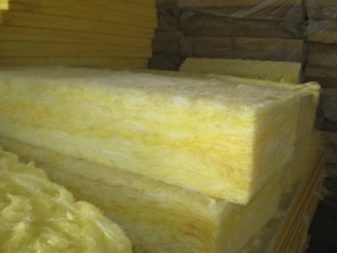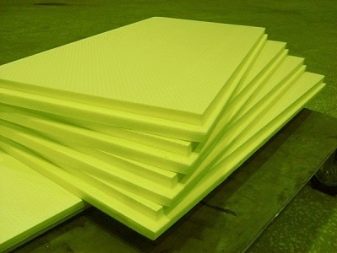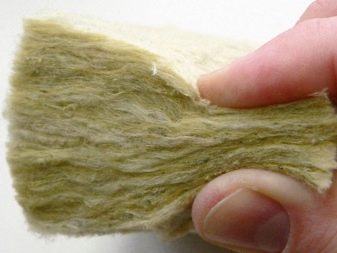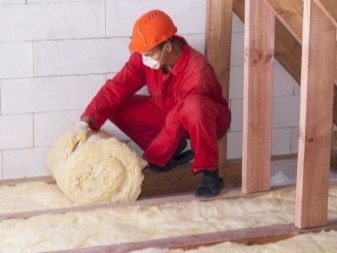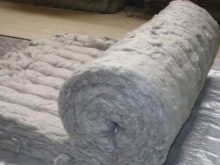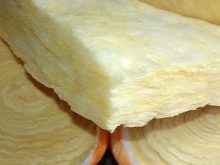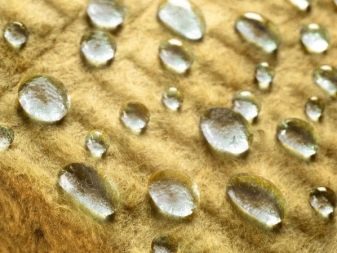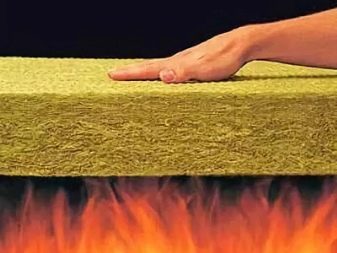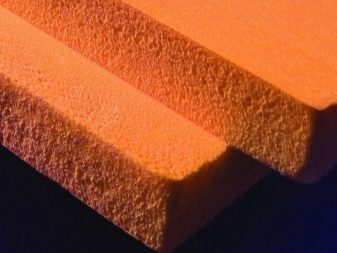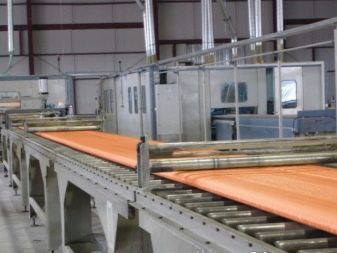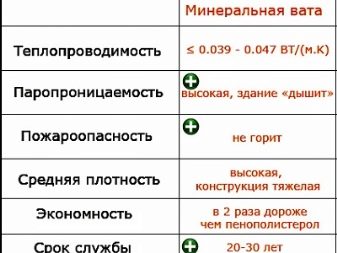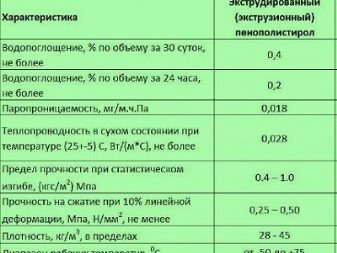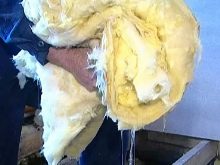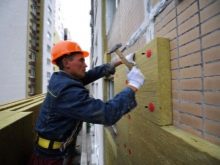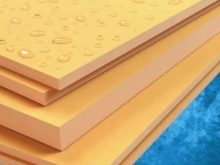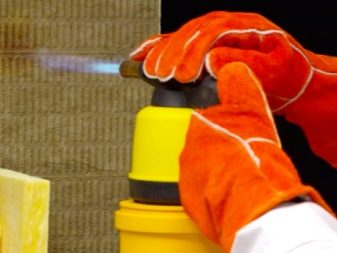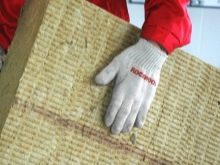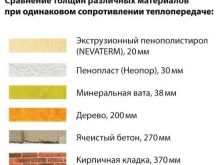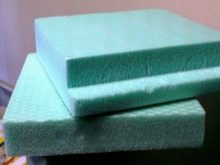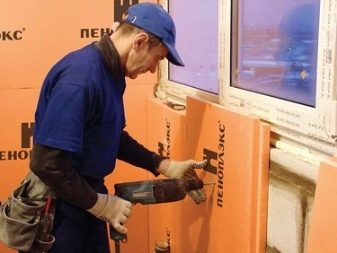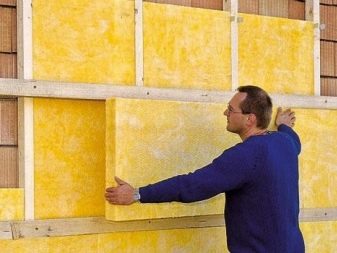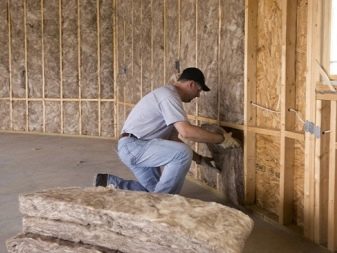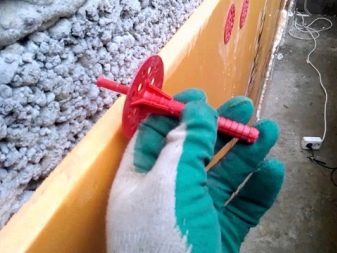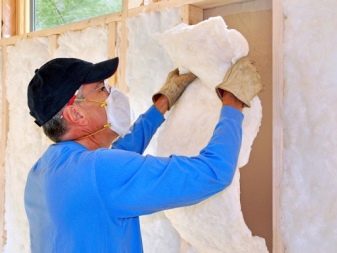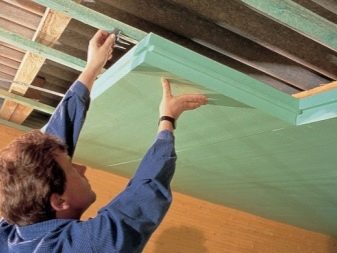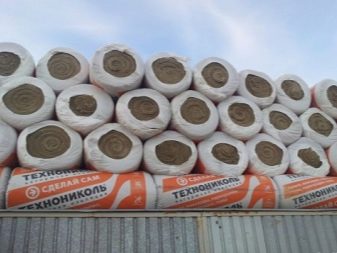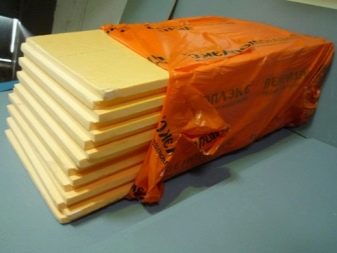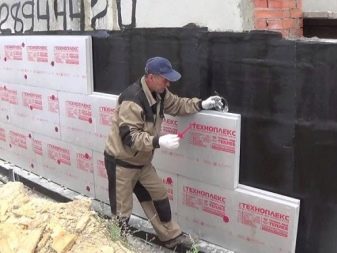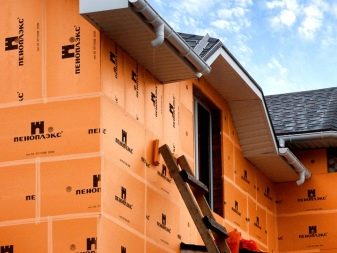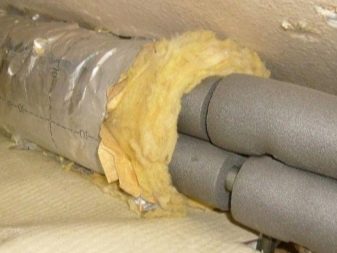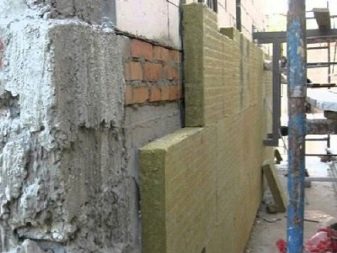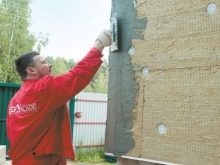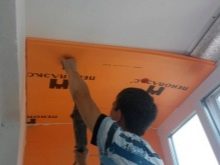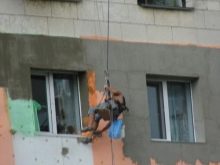How to choose a heater: compare the properties of EPPS and mineral wool
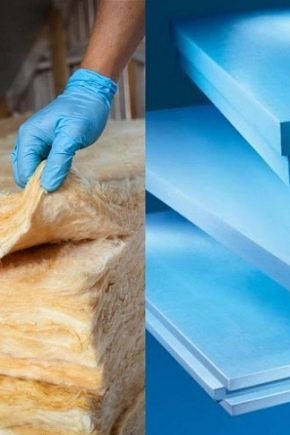
Despite the diversity of insulation in the modern construction market, mineral wool and extruded polystyrene foam (EPS) occupy a leading position. What is the difference between materials? Which one is better for a particular application?
Types and features of materials
Differences in the structure and technical properties of these heaters are due to the use of different materials and production technologies. Mineral wool is a fibrous insulation, the raw material for which are rocks., technical minerals or calcined slag (metallurgical industry wastes).
Mineral wool fibers can be horizontal or vertical oriented, as well as arranged in a chaotic manner. Insulators of the latter type have the best indicators of thermal efficiency and sound insulation. The low coefficient of thermal conductivity is ensured by the fact that a large number of air bubbles accumulate between the fibers of the material - an effective heat insulator.
Minvat implies the use of a respirator at work. Cutting and mounting of the material are accompanied by the release of large amounts of dust, which irritates the mucous membranes of the upper respiratory tract.
Depending on the base, mineral wool materials are divided into several types.
- Slag. Rarely used for insulation of buildings, because it has low values of thermal efficiency and moisture resistance. Flammable and environmentally friendly.
- Glass wool. The material is based on glass fibers, as well as dolomite, sand and binder components. The result of the production are long and thin glass threads formed in sheets. They are characterized by elasticity and elasticity, high rates of heat efficiency.The disadvantage is the presence of cutting surfaces. The fiber penetrates the skin, causing irritation, therefore it is necessary to work with glass wool in overalls.
- Basalt (stone) wool. The material is produced by melting such rocks as dolomite, basalt. Heating the rocks to a temperature of 1300-1500 ° C, receive semi-liquid raw materials. From it draw the fibers that form in the layers. Next, the material is pressed and subjected to short-term high-temperature processing.
The resulting material has a low thermal permeability, good sound insulation. It belongs to vapor-permeable materials, allows the walls to "breathe" and thus contributes to maintaining a favorable indoor climate. Unlike other mineral wool insulants, stone wool is characterized by moisture resistance. This, in turn, provides improved cold resistance.
The melting point of stone wool is about 1000 ° C, so it is a fire-resistant material. Having natural components in the composition, the material is environmentally friendly.Even when the temperature rises, the insulation does not emit dangerous toxins.
Finally, it is more convenient to use. Unlike glass wool, the material does not prick.
Expanded polystyrene is a gas-filled material consisting of many air bubbles. This insulation has 2 forms of release - foam and extruded polystyrene foam. The latter is a more advanced version, consists of closed cells, isolated from each other.
EPPS is made by the method of expansion and the subsequent welding of cells by means of hot (up to 100 ° C) water or steam. After that, the raw material is passed through an extruder. The result is a more durable material. Epps compared with foamed foam has better fire resistance and moisture resistance, allocates a smaller amount of styrene during operation.
Feature Comparison
To compare materials, it is logical to analyze their performance on the main characteristics that are important for insulation.
- Vapor permeability EPPS has a vapor permeability of 0.03 mg / (m * h * Pa). Indicators of mineral wool exceed this value by 10 times, that is, it is 10 times better than moisture vapor.This is a big plus for wooden houses, but not for buildings in the system which use polymeric materials. If mineral wool is enclosed between two layers of synthetic coatings, the condensate formed will not find a way out and will remain inside the insulation. This will cause the material to get wet and lose its insulating properties. In principle, when using extruded polystyrene foam under similar conditions, the situation will look similar. The only exception is that condensate can escape through the seams and irregularities.
- Moisture resistance. Mineral wool is able to absorb 0.2-20% of moisture from its mass. In this case, soaking wet, it loses its insulating properties, since liquids conduct heat. In this regard, the use of mineral wool requires high-quality hydroprotection. More moisture resistant are considered to be stone wool, having a hydrophobic treatment. EPPS is able to absorb an average of 0.4% of moisture, which is facilitated by a closed system of cells. This makes it possible in some cases to neglect hydroprotection, use the material for insulation of the basement, basements and apply contact materials for finishing (primer, plaster) directly on the surface.
- Strength. The strength of any insulation depends on its density. The lower the performance of the latter, the more additional protection the material needs. All insulation with a density of less than 250 kg / sq. m, need protection from external influences. EPPS is afraid of the influence of aggressive chemicals, exposure to UV rays, for mineral wool the main "enemy" is moisture, and for loose materials - the wind.
- Fire resistance Stone wool is considered to be non-combustible, and glass wool is a low-combustible material. When exposed to temperatures above 500 ° C glass wool does not flare up. EPPS is already burning at a temperature of 100-120 ° C, and it is very active. Moreover, during combustion, toxic compounds are released. Depending on the brand of mineral wool (that is, the content in it of organic binders that are susceptible to burning), it is of the class NG (non-combustible material), G1 or G2 (slightly and moderately combustible materials). EPS regardless of the brand of products always has a class G (that is, flammable). The class of flammability, by the way, also varies depending on the type of material and ranges from G1 (slightly combustible) to G4 (strongly combustible).
- Heat resistance. Stone wool and polystyrene have identical thermal conductivity. The coefficient of thermal conductivity of stone wool is 0.042-0.036 W / (mK), EPS - 0.040-0.030 W / (mK). Glass wool is slightly inferior to these materials in terms of its thermal efficiency. According to experts, EPPS has the best thermal performance, since 90% of its composition is air voids formed by closed cells. In a mineral wool insulation that does not have such cells, the warm air moves towards the cold one, as a result of which the room cools faster. Only tiled mineral wool can be compared with polystyrene foam material in its thermal insulation properties.
- Load bearing structures. Equal in terms of thermal insulation materials have different weights and, accordingly, exert different loads on the surfaces to be finished. So, on 1 square. m when finishing a 10-centimeter layer of extruded polystyrene foam accounts for 15 kg. The mineral wool used (density and thickness correspond in their heat efficiency to the same indicator of EPS) will weigh about 20 kg / sq. mAt the same time for more heavy wool, more glue is required, which also increases the weight of the structure.
- Easy installation. Both materials in the work are quite simple and convenient, but in the process of installation has its own nuances. So, expanded polystyrene is easily cut and glued, but there is a high probability of preserving the seams and joints between the plates - the future “cold bridges”. In this regard, mineral wool insulation is much easier to lay without seams. However, work should be carried out only in a respirator, and if glass wool is used, protective clothing is obligatory.
- Environmental friendliness. EPS allocates styrene, adversely affecting human health. Stone wool is considered completely safe.
- Durability. EPS can be operated only 6-8 years. However, if there are layers of protective hydro- and vapor-permeable layers on the layers, the period of operation of the heater reaches 25-30 years. Naturally, the cost of material increases.
The service life of mineral wool is 20-25 years, and if we are talking about thick sheets, then 30-40. It is not susceptible to mold and is of no interest to rodents.
But EppS becomes home to the latter.
Merits
The advantage of both materials are identical high rates of thermal efficiency. Mineral wool materials are, in addition, an excellent sound insulation material. Both wadded and polystyrene insulators are characterized by versatility of application - they are suitable both for newly constructed buildings and for buildings undergoing restoration. Both heaters can be used in almost all areas of the building, isolate the room from the inside and outside.
The advantage of stone wool is its non-inflammability. This makes it the optimal insulation for high-rise buildings, floors, garages and premises, which are subject to increased safety requirements. In addition, mineral wool is used to improve the fire resistance of other heaters.
disadvantages
Perhaps the main disadvantage of EPS is low resistance to open fire. Despite the presence of flame retardants in the composition, it quickly flashes and sustains combustion. If the entire building is insulated with extruded polystyrene foam, then in the event of a fire, its users risk to be in a fire trap. In addition, toxins are released during combustion.Inhaling them even for a short time leads to a significant deterioration of the human condition.
Another disadvantage of EPPS is its instability to the effects of aggressive agents, for example, contained in nitrolacs. Even exposure to vapors of many of them leads to the destruction of the material. On the other hand, glass wool and friable stone wool of low density shrink with time, which also leads to a decrease in their thermal insulation properties.
It is believed that the disadvantage of stone wool is its higher cost. It really is. But if we take into account the total cost of insulation EPS and mineral wool, the costs will be almost the same.
Of course, everything also depends on the manufacturer and the density of the material.
Selection for specific tasks
Completing the comparative review of mineral wool and EPPS, it is fair to note that there are no “good” and “bad” insulants. Advantages and disadvantages of materials due to the correctness of their application. In other words, the use of each type of insulation should correspond to its purpose.
EPPS is suitable for the following tasks:
- insulation of foundations, including surfaces (horizontal and vertical), in contact with wet, frozen ground;
- thermal insulation of facades and interior surfaces of buildings from various materials;
- insulation of floors in the basement, indoors under the screed;
- heat insulation protection of roofs of non-ventilated type.
Mineral wool is a heater used for the following objects:
- wooden houses - warming of a facade and internal surfaces;
- attic, operated attics, sloping roofs;
- brick, concrete and reinforced concrete buildings;
- objects and areas subject to high-temperature heating (walls of baths, surfaces near fireplaces);
- gas and pipelines, heating systems and other objects of complex shapes;
- frame-shield buildings.
When using several layers of insulation at the same time, EPSs should not be placed outside the building, it is more logical to lay looser mineral wool over it. In this case, it will be possible to implement the principle of increasing vapor permeability from the inside to the outside. For hinged facades, mineral wool is more suitable, which functions well, being ventilated with a similar system of organization of the facade, reliably protects the walls.
For three-layer facades, in addition to bulk insulation (expanded clay, perlite), EPPS is used. It will also be the best option when applied to the facade of thin-layer plaster.
The mixture can be applied directly to the insulation.
You can learn about how to quickly insulate the walls in the apartment with your own hands by looking at the video below.
